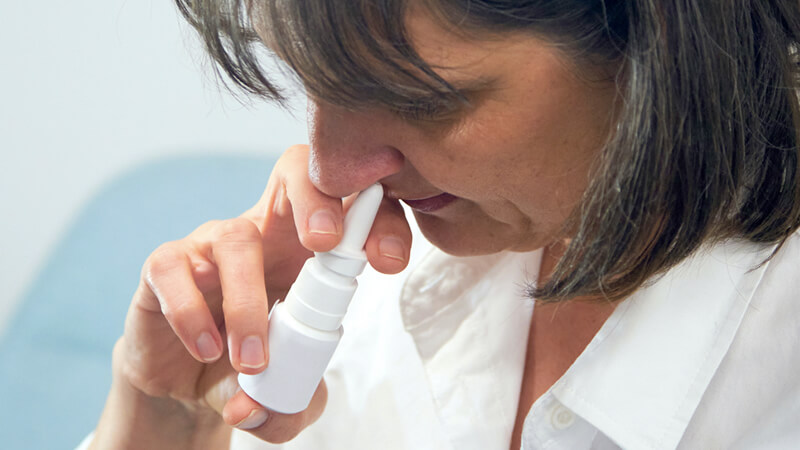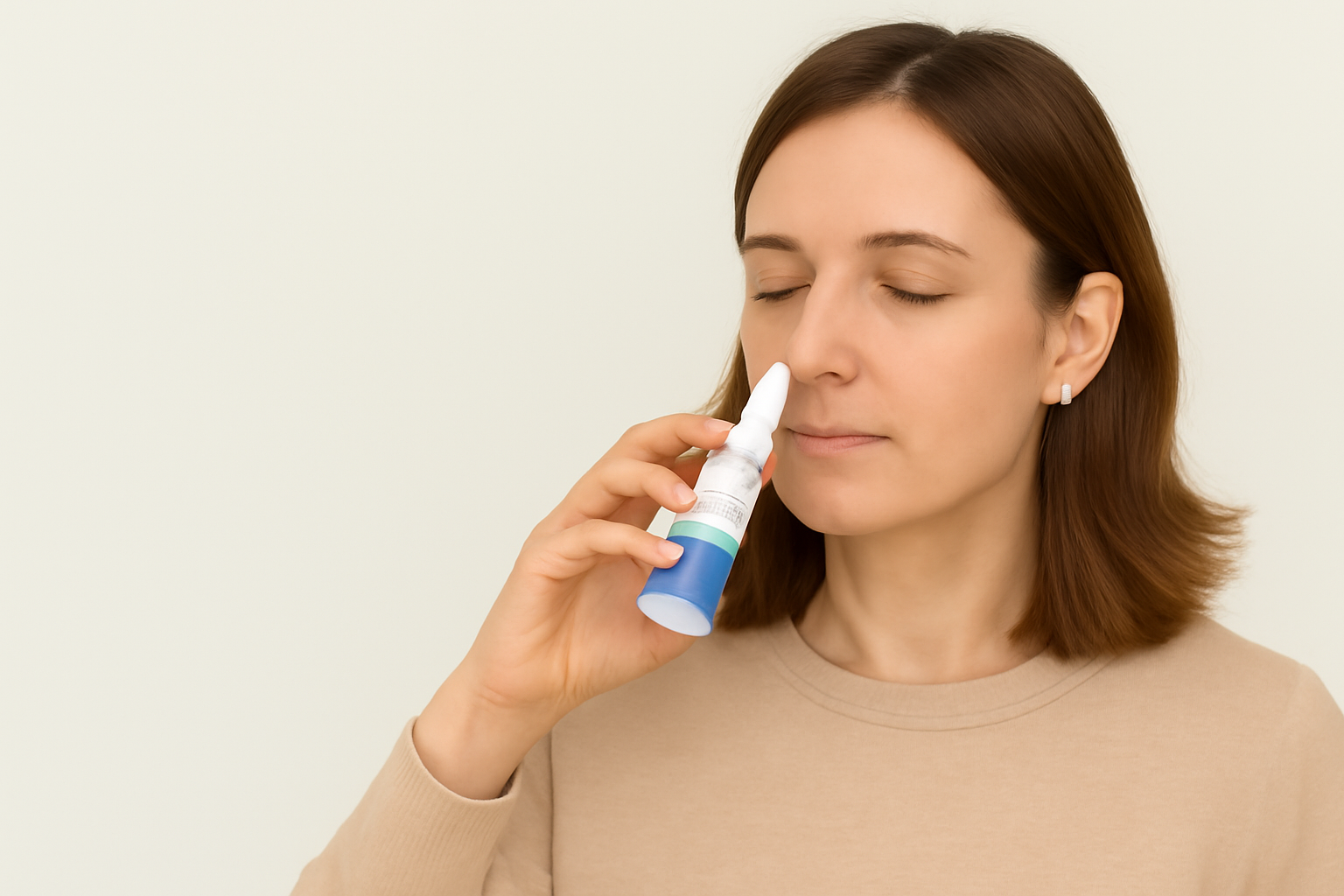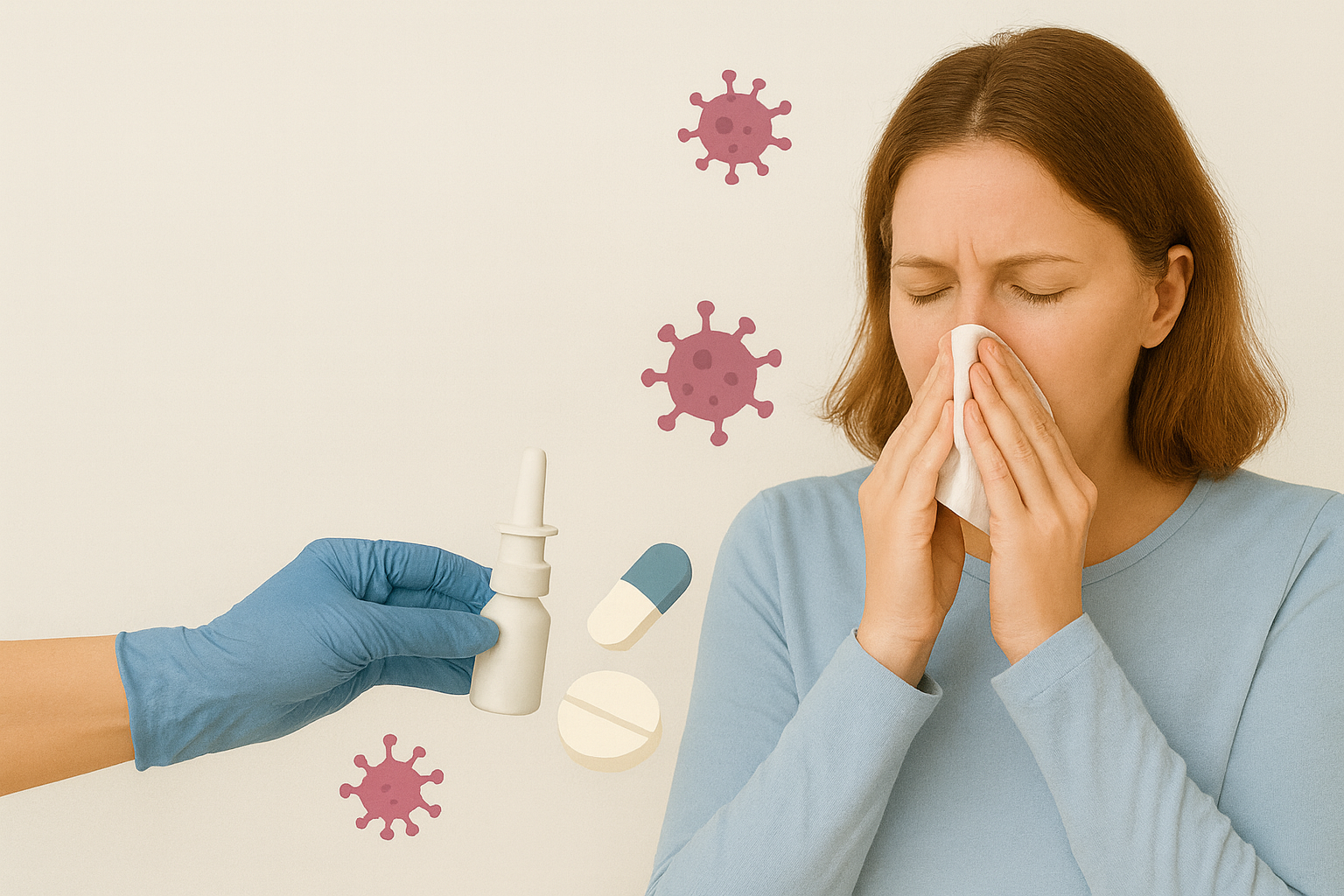As the COVID-19 pandemic unfolded, healthcare systems faced a dual crisis: protecting vulnerable patients while safeguarding the frontline workers delivering essential care. For providers involved in high-risk procedures—particularly in head and neck oncology—exposure to aerosolized viral particles became a serious occupational hazard. In response, a team of physicians from Johns Hopkins and the University of Pittsburgh proposed an innovative, low-cost, and easily deployable strategy: using povidone-iodine (PVP-I) as a topical antiseptic shield for the nasal and oral cavities.
The Rationale Behind Nasal and Oral PVP-I
SARS-CoV-2 is most concentrated in the nasopharynx and saliva, even in individuals without symptoms. These regions serve as primary sites for both transmission and infection, potentially seeding the lungs and contributing to the virus's spread—particularly during procedures that disturb mucosal surfaces.
Healthcare providers performing surgeries or exams in the upper aerodigestive tract—especially in COVID-19 hotspots—face increased risk. The authors note that during an early case of pituitary surgery in Wuhan, 14 staff members were reportedly infected from a single patient. Protective equipment alone may not suffice.
That’s where PVP-I comes in.
What Is Povidone-Iodine?
Povidone-iodine is a widely available, over-the-counter antiseptic used for skin, wound, and mucosal disinfection. It has long-standing evidence of broad-spectrum antiviral activity, including effectiveness against SARS-CoV-1 and MERS-CoV.
In vitro studies have shown that even at low concentrations (0.23%), PVP-I can inactivate coronaviruses within 15 seconds. Although higher concentrations (5–10%) can damage respiratory cells, diluted formulations are generally safe and well-tolerated for short-term use.
Proposed Protocol: PVP-I as Personal Protective Equipment
The authors propose a practical protocol for both patients and healthcare workers in high-risk settings:
Nasal Irrigation
240 mL of 0.4% PVP-I solution
Created by mixing 10 mL of 10% PVP-I into 240 mL of saline using a sinus rinse bottle
Oral Rinse
10 mL of 0.5% PVP-I solution
Made by diluting 1:20 with sterile or distilled water
Application Schedule:
Every 2–3 hours, up to 4 times per day, particularly for:
Suspected or confirmed COVID-19 patients undergoing high-risk procedures
Healthcare providers performing head and neck surgeries or exposed to respiratory secretions
Staff working in COVID-19 hotspots or without access to full PPE
Safety and Considerations
Dilute PVP-I formulations are well-tolerated with minimal side effects.
Nasal irritation may occur with large-volume irrigation, but this method reduces the risk of aerosolization compared to sprays.
Though rare, prolonged or excessive use could lead to iodine toxicity or mucosal disruption—hence the recommendation for lower concentrations and cautious use.
The authors emphasize that while further research is needed, this protocol can be implemented immediately and could serve as an effective, low-risk adjunct to existing PPE practices.
Why This Matters?
At the intersection of urgent need and limited resources, this intervention offers a compelling option. It’s inexpensive, easy to implement, and potentially life-saving, especially in settings where advanced protective equipment may be scarce or procedures cannot be postponed.
Though initially proposed for head and neck oncology care, the strategy has broader potential for any healthcare worker exposed to respiratory pathogens.






.png)